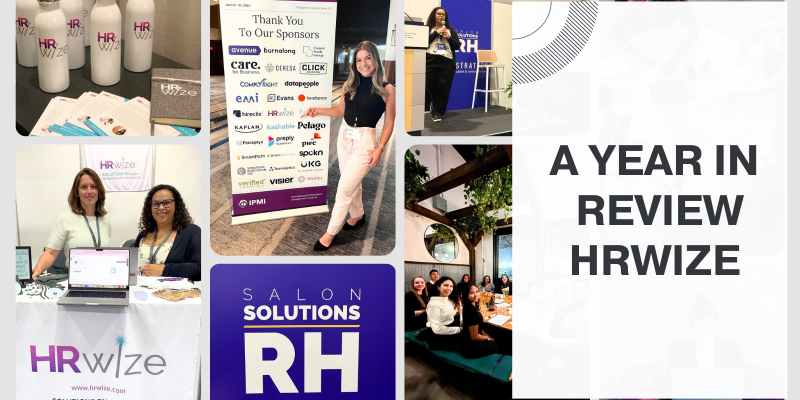Communication etiquette in an evolving world

Communication etiquette is evolving with new technology emerging daily for messaging, file sharing, video meetings and more. All these changes caused a learning curve and the need for updated language and communication etiquette. We all need to update our notes on what is appropriate in the virtual workspace whether you are a manager dealing with employees, co-workers, clients, or potential customers.
There are some basic standards of communication that remain critical no matter what type of environment we are in.
- Be respectful of others and use appropriate language.
- Speak clearly and slowly to help ensure our message gets across.
Optimizing the language tools at our disposal
Verbal language is our strongest and most basic communication tool, though not always easily mastered. Having effective language skills in the workplace can contribute to the long-term success of a person or organization. On the contrary, poor communication can cause problems and misunderstandings. Speaking slowly, choosing words carefully and sometimes opting to listen instead of speak, are all good communication tactics. We often find ourselves just waiting for our turn, instead of listening and really engaging in the communication that is happening.
Written language is another important tool in daily business communications. Whether it be emails, instant messages, or company memos, we are reading different communications all day. Clear intention, direction and guidance in a written communication can help reduce time wasted on follow-ups, questions, and clarification, leading to a more focused and productive team. On the flip side, not providing context, using vague terminology, and disregarding the other person’s perspective can all cause major miscommunication. For example, a response like “I don’t care”, could mean, “I’m open to you accomplishing this however you see fit” but could easily be perceived as “I’m giving you this piece work because I truly do not care about the outcome”.
Body language, our final and arguably one of the strongest communication tools, can communicate intention or context and is very valuable in face-to-face interactions. This includes facial expressions, hand gestures, posture, and even the clothes you wear. All these elements send unspoken messages about mood and intention. Body language, however, is often unavailable when on the phone or conference calls, which makes it even more crucial to leverage these tools in those face-to-face opportunities.
Communicating on a personal level
Being able to connect with another person is an important part of good communication. One way to do this is by acknowledging them by name and showing sincere interest in what they are saying. Communication is a two-way street of listening and engaging. Secondary only to our name, pronouns are the other way people acknowledge us. Asking for, and correctly using someone’s pronouns is one of the simplest ways to show respect and engagement. Using proper language and pronouns in the business world is critical in making a good impression and presenting yourself as a professional who respects others. Correctly using pronouns helps build an inclusive work environment, and can create strong relationships with colleagues and clients.
There is an important social movement currently happening to normalize the practice of displaying one’s pronouns on social media, email signatures or company directories. The goal is for everyone to participate in this new practice, including cisgender people, to normalize this type of language in the business world. The end goal being to not single out any specific groups based on how they identify which will help mitigate misgendering.
Taking all these things into consideration can be overwhelming when trying to have a meeting or discussion with coworkers or clients. Taking it one step at a time and being aware of your personal difficulties in communication etiquette, will allow you to be better equipped to address them one by one and become a stronger communicator.
 The true ROI of an HRISBy Briana Della Foresta
The true ROI of an HRISBy Briana Della Foresta A Year in ReviewBy Briana Della Foresta
A Year in ReviewBy Briana Della Foresta Choosing the Right HRIS: A Comprehensive GuideBy Briana Della Foresta
Choosing the Right HRIS: A Comprehensive GuideBy Briana Della Foresta The Impact of Vacation Time on Employee Creativity and InnovationBy Briana Della Foresta
The Impact of Vacation Time on Employee Creativity and InnovationBy Briana Della Foresta The Importance of Employee Vacations for Work-Life Balance By Briana Della Foresta
The Importance of Employee Vacations for Work-Life Balance By Briana Della Foresta Creating a Vacation-Friendly Company CultureBy Briana Della Foresta
Creating a Vacation-Friendly Company CultureBy Briana Della Foresta Strategies for Coping with Working Mom GuiltBy Briana Della Foresta
Strategies for Coping with Working Mom GuiltBy Briana Della Foresta The Importance of Respecting Holy DaysBy Briana Della Foresta
The Importance of Respecting Holy DaysBy Briana Della Foresta What HR Should Know About Candidate Experience?By Briana Della Foresta
What HR Should Know About Candidate Experience?By Briana Della Foresta Do What You Love or Love What You Do?By HRWize
Do What You Love or Love What You Do?By HRWize

